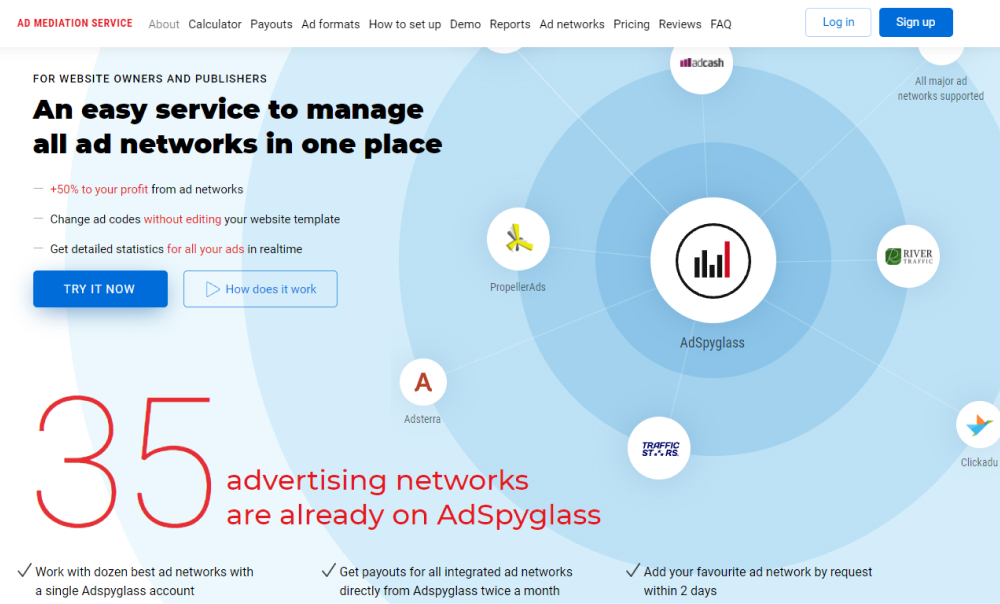Third-party data is the data that is purchased from external sources of information by companies for their advertising campaigns. In such a case, the entities selling the data do not collect it themselves, because the information is gathered by a company that has no direct relation to a consumer. Most often these are organizations that own large arrays of systematized information from a multitude of platforms and sites.
Considering the volume of Third-party data, the brand’s audience can be significantly expanded by getting deeper insights into their behavior and preferences. It is also especially useful when launching a new product that the old audience is not so accustomed to.
Benefits of Using Third-Party Data
Apart from that, there are additional benefits that can be obtained by the usage of Third-party data:
- Data organization. All data is stored in strict chronological and hierarchical order. Groups of information are segmented on the basis of their common characteristics.
- Processing speed. The process of selling/purchasing Third-party data is quick and therefore effective.
- Large database. Regarding the fact that data is gathered from all possible sources of information, the entire array is massive.
Risks of Using Third-Party Data
Although Third-party data provides plenty of advantages, its major drawbacks are also to be taken into account:
- Impossible to verify. While using third-party data it’s impossible to identify where exactly it has originated, so there’s almost no way to ensure its reliability.
- May be also used by your competitors. The information being purchased is publicly available, so competitors of a company can take possession of the same database.
